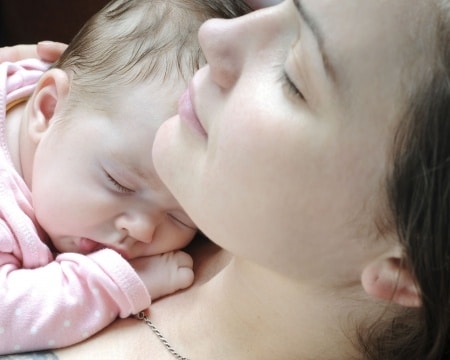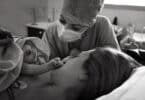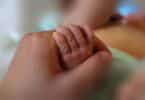Regardless of where you live, or what your planned birthing experience, professional help during the birthing experience can help to ensure the safety of both mom and baby. In fact, a new study, recently published in The Lancet highlights just how crucial trained health professionals are during the birthing experience (hospital, clinic, home birth, or otherwise). But this study also says that there is no such a thing as too much care, and midwives may be exactly what the doctor ordered to ensure a healthy mom and baby.
In what is said to be “the most critical and wide-reaching examination of midwifery ever conducted,” researchers examined the positive impact that midwives can have on the birthing experience. They determined that, not only is the presence of a midwife crucial for saving the life of mother or baby in a crisis, but that having a midwife can even improve the on-going well-being of both mom and baby.
Using figures from the World Health Organization (WHO), it was found that 800 women die each and every year from completely preventable causes. In addition, 3.3 million infants die, each and every year, quite often from preventable causes. However, the series authors say that this could be reduced dramatically if midwifery services were globally available.
In fact, it was estimated by WHO that approximately 90% of all maternal deaths and 99% of newborn deaths occur in low and middle income countries, where mothers and their babies are receiving little to no skilled care during pregnancy and birth. However, the new series estimates that, if midwives were made available to all women in all countries, 75% of all infant and maternal deaths could be prevented in the next 15 years. And even if the services could only be increased to cover a quarter of currently unattended women, the maternal death rate could be cut in half by 2030.
“Despite long-standing recognition that women and their babies need access to health care that provides more than just emergency interventions for acute medical problems,” the needs of pregnant women, babies and their families simply aren’t being met, one of the series authors, Professor Mary Renfrew of the School of Nursing and Midwifery at Dundee University in the UK told Medical News Today.
But there’s also such a thing as too much intervention. Serving as a case in point, low and middle income countries, where midwife services are limited, the overuse of medication and unnecessary interventions are causing more complications, particularly in the long-term. For example, cesarean sections and limited mobility during labor are negatively affecting the well-being of mothers and their families by creating longer healing times, as well as putting their health at risk by increasing the risk of serious complications like infection and clotting.
“Both underuse and overuse of medical interventions in pregnancy contribute to short and long-term illness for an estimated 20 million childbearing women,” Professor Caroline Homer, of the Faculty of Health at the University of Technology in Australia, another author of the study, told Medical News Today. “This not only effects their health and well-being, but may also result in their needing to pay for ongoing health care cost and the ability of their families to escape poverty.”
Unfortunately, there are a lot of barriers when it comes to providing midwifery services in countries where they are needed the most. Some obstacles include lack of knowledge when it comes to what midwives can do, unregulated private sector care for the health of mothers and infants, and the low status of women in some societies. But the team does believe there are ways to overcome those obstacles in order to meet the needs of expectant mothers, infants and their families. In fact, they have created a detailed framework that could help increase the midwifery services worldwide, especially in areas where high maternal and infant death are considered a burden. The framework could also help provide a way of measuring the success of such services.
“The knowledge and methods are available to achieve quality maternal and newborn care. Political will and commitment are increasing, women’s and families’ voices are growing louder, and economic growth and education for girls are on the rise,” the authors told Medical News Today. “The opportunity to transform health, education and social systems, and to make maternal, newborn, and child health is a reality for all, is here.”
Related Articles:







